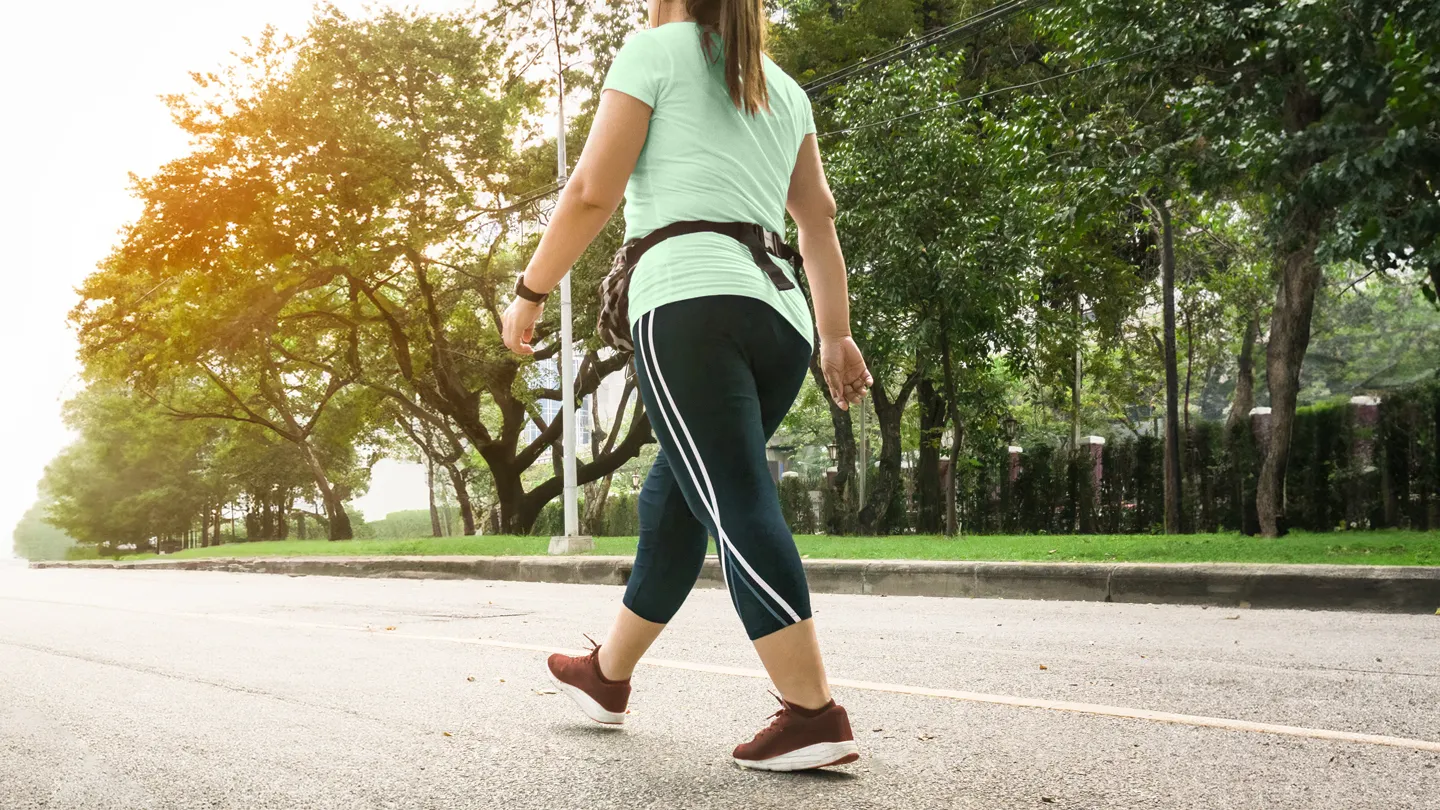On This Page
If your lower back tightens up when you walk or you’re dealing with a sore back more days than not, you’re far from alone. From aching muscles to that stubborn stiffness that doesn’t go away, lower back pain affects millions of people daily, especially women who often experience waist pain from prolonged sitting, stress, or hormonal changes. While medications and physical therapy are common routes, new research suggests a surprisingly simple solution that’s often overlooked: walking.
What New Studies Are Saying About Walking and Lower Back Pain
Recent studies have spotlighted walking as one of the most effective ways to relieve back pain and improve overall back health. A 2023 randomized controlled trial by the Lancet found that people who incorporated regular walking into their routine had a significantly lower risk of recurring low back pain. The study emphasized that walking not only reduced the frequency of flare-ups but also improved overall quality of life.
Another 2023 report from the World Health Organization’s global guidelines on chronic low back pain stressed that walking should be considered a first-line, non-pharmacological intervention to prevent lower back pain and help relieve back pain without the side effects of medication.
Why Walking Helps When Your Back Hurts
So, back pain, how to reduce it naturally? It turns out that walking ticks many boxes.
When you walk, you engage muscles that support the spine and reduce strain on your lower back. Walking strengthens your core and glute muscles, which are essential for stability and posture. If you’ve ever felt your lower back tightens when walking, it may be because those muscles are weak or fatigued, causing tension in surrounding areas.
Even mild walking has been shown to reduce lower back tightness when walking and ease that dreaded lower back stiffness after walking. For those experiencing lower back pain during walking, regular movement helps prevent the muscles from stiffening up, and encourages spinal discs to stay hydrated and healthy.
You May Also Like
Natural Ways to Reduce Inflammation in Your Body
Why Are My Feet Peeling and How to Fix It
What to Do When Your Back Is Hurting
Wondering about things to do when your back hurts? Here are some simple, research-supported tips:
- Start with slow, flat-surface walks of 10–15 minutes a day and build from there.
- Keep a neutral posture—no slouching or leaning forward.
- Tighten your core gently while walking to stabilize your spine.
- Wear supportive footwear to cushion impact and protect your joints.
- Stretch lightly after your walk, especially your hips and hamstrings, to improve flexibility and reduce lower backbone pain.
Doing this consistently can help relieve a hurting back and serve as both treatment and prevention.
Women and Walking: Why It’s Especially Helpful
Waist pain in women is particularly common due to factors like muscle imbalances, pregnancy, and posture changes from lifestyle habits. Walking provides a low-impact way to build strength and prevent lower back pain without triggering more inflammation or stress. Plus, it’s one of the few forms of exercise that can be adapted to every fitness level—making it ideal for long-term use.
Fitness for Back Pain: Making Walking Part of Your Healing Plan
Think of walking as a form of fitness for back pain. It doesn’t just address the pain you feel now—it helps prevent future issues by improving muscular balance, joint function, and spinal alignment. It also helps reduce back inflammation, which is a root cause of many chronic back problems.
And remember, just like brushing your teeth daily prevents cavities, consistent walking can prevent back pain and promote long-term spinal health. Whether you’re just starting out or already on a wellness journey, integrating 20 to 30 minutes of walking three days of the week can be a game changer.

